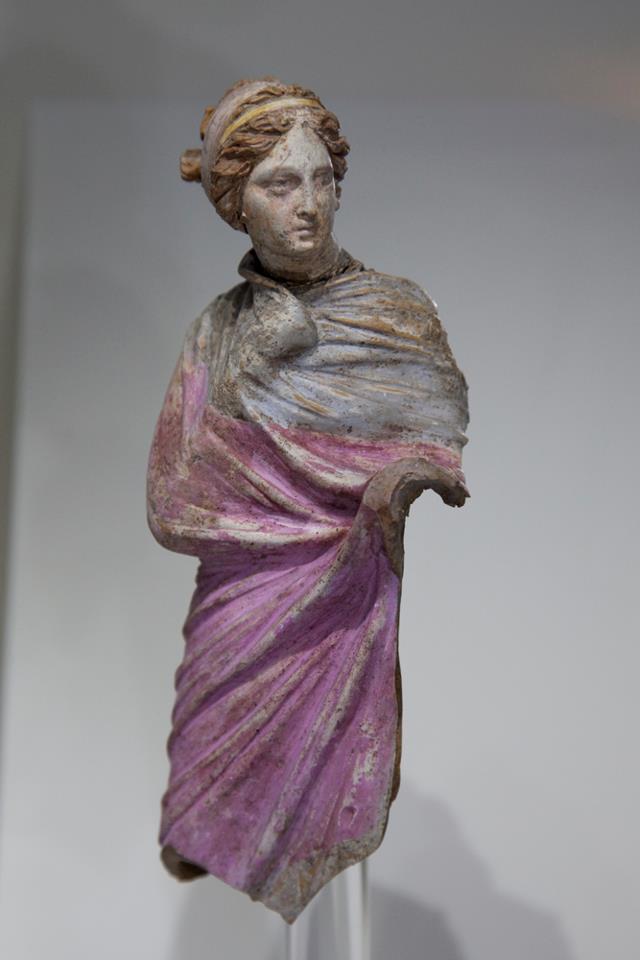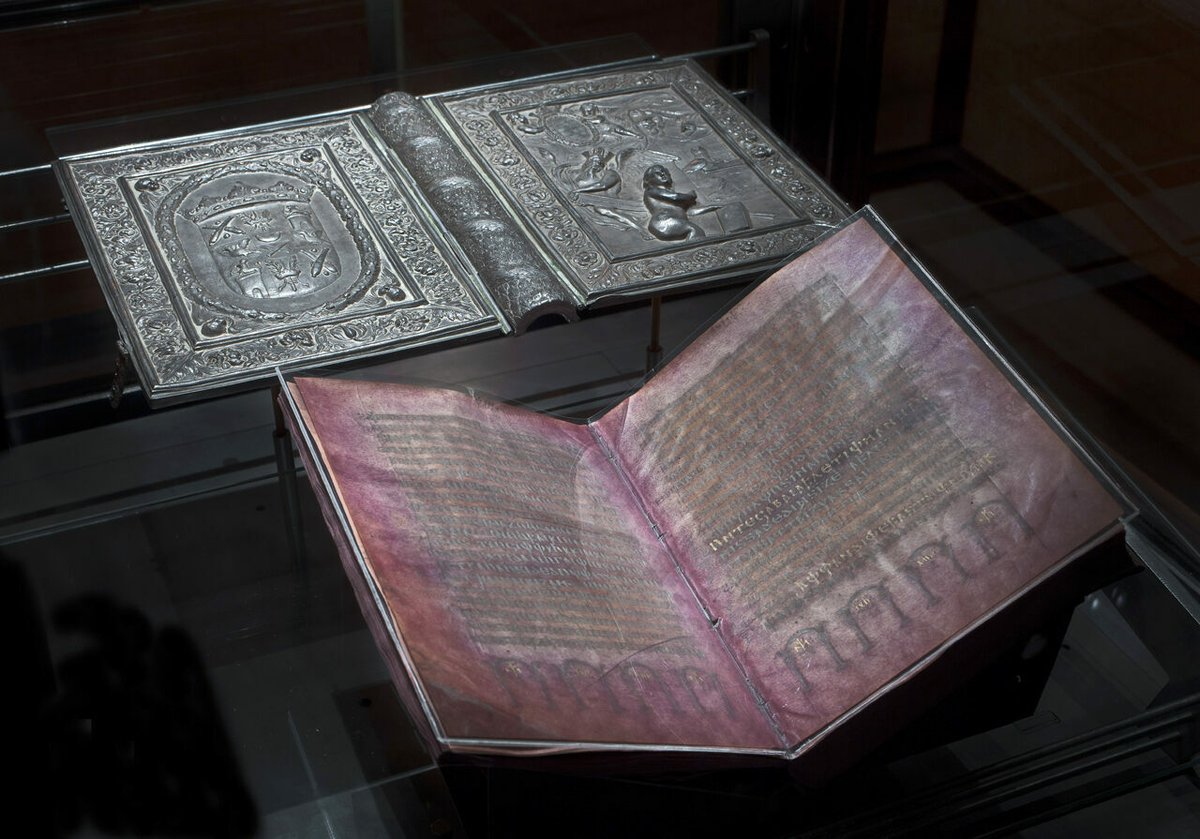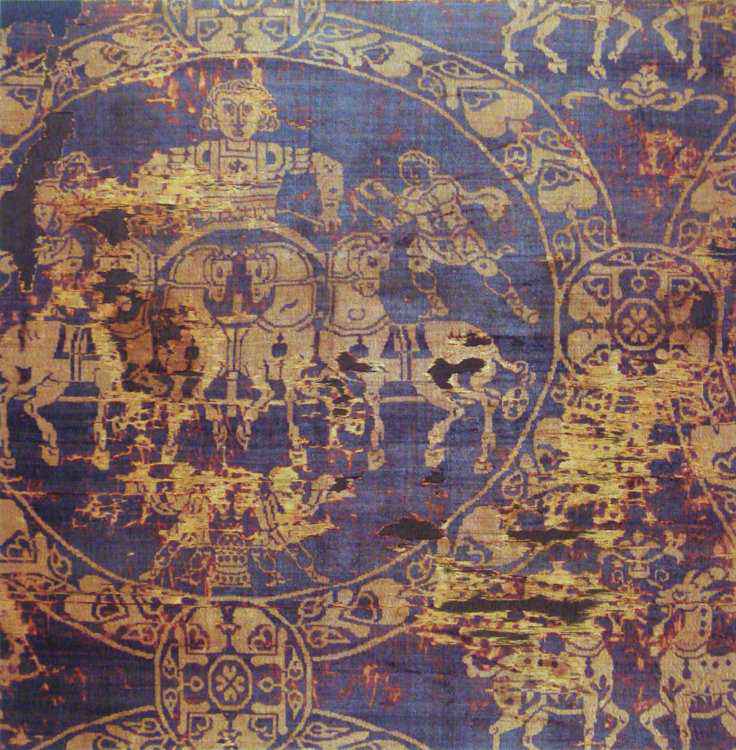THE TYRIAN PURPLE
1st picture: Female statuette, 4th BC, Taranto's Archaeological Museum
2nd picture: Purple page from the 6th century AD Codex Argenteus.
3rd Fragment of the shroud in which Emperor Charlemagne was buried in 814 AD.
#fact #archaeology #history #colour
THREAD 1/7
1st picture: Female statuette, 4th BC, Taranto's Archaeological Museum
2nd picture: Purple page from the 6th century AD Codex Argenteus.
3rd Fragment of the shroud in which Emperor Charlemagne was buried in 814 AD.
#fact #archaeology #history #colour
THREAD 1/7
Tyrian purple is a dye extracted from the fluid of the Murex trunculus;this process was described in The Natural History by Roman writer Pliny the Elder:It took three days,salt was added to the mash of shellfish glands which was then boiled down in tins.
But, the very first historical record of the dye is in texts from Ugarit and Hittite sources, which indicate that the manufacture of Tyrian purple began in the 14th century BCE in the eastern Mediterranean.
The dyers of Tyre did not have a monopoly on the process, because it was attested in four Linear B tablets from Knossos indicate that it was produced on Minoan Crete too.
The Tyrian purple highly desirable and expensive, because according to the historian B. Caseau, "10,000 shellfish would produce 1 gram of dyestuff". In a 301 CE price edict, we learn that one pound of purple dye cost 150,000 denarii or around three pounds of gold (19,000$ circa)
Only imperial family, magistrates and some elites were permitted to wear the toga praetexta which had a purple border, and generals who celebrated a Roman Triumph could wear on their big day the toga picta which was entirely purple with a gold border.
The Gauls used whortleberry to die textiles purple, which were, ironically, then made into clothes for slaves.
Tyrian purple and imitation dyes were also used to make expensive bibles and to denote their value with purple pages written upon with gold and silver inks.
Tyrian purple and imitation dyes were also used to make expensive bibles and to denote their value with purple pages written upon with gold and silver inks.

 Read on Twitter
Read on Twitter




